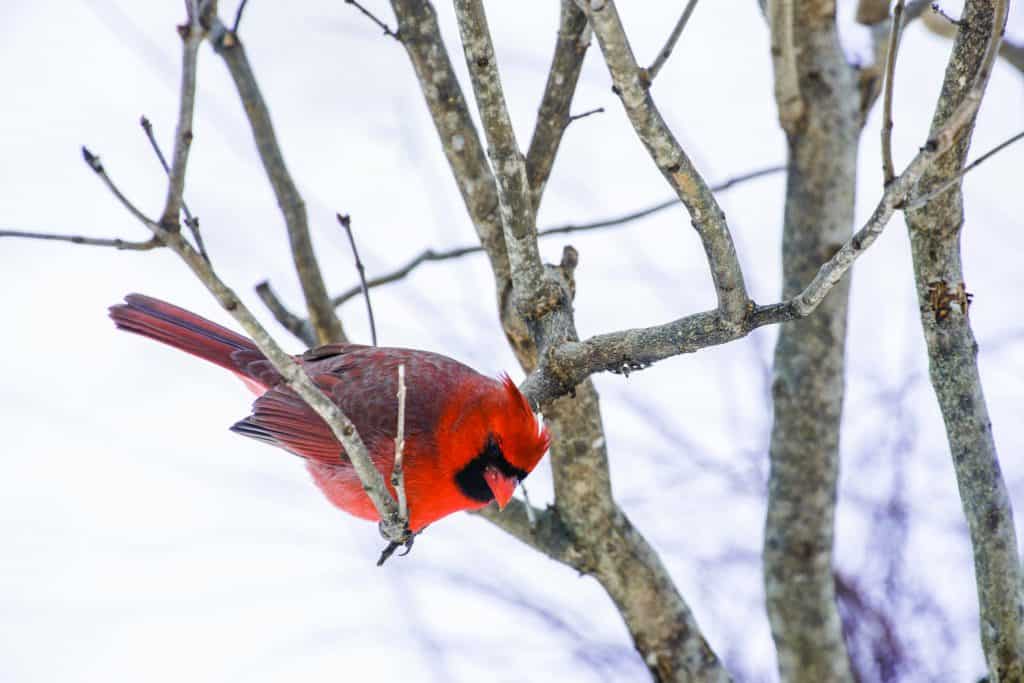
Saturday, Dec. 28 at 6 p.m.—PROCTOR—Rutland County Audubon’s annual Christmas Bird Count and potluck will take place this year on December 28. Birds spotted within a 7.5 mile radius of Meads Falls in Center Rutland will be counted by teams of field birders and feeder-watchers in this count circle. Interested persons can contact birding@rutlandcountyaudubon.org for information or to sign up. Results will be tallied at the Proctor Library at 6 p.m. with a potluck. Bring a dish to share. (Utensils and beverages provided).
Prior to the turn of the 20th century, hunters engaged in a holiday tradition known as the Christmas “side hunt.” They would choose sides and go afield with their guns—whoever brought in the biggest pile of feathered (and furred) quarry won.
Conservation was in its beginning stages in that era, and many observers and scientists were becoming concerned about declining bird populations. Beginning on Christmas Day 1900, ornithologist Frank M. Chapman, an early officer in the then-nascent Audubon Society, proposed a new holiday tradition—a “Christmas Bird Census” that would count birds during the holidays rather than hunt them.
So began the Christmas bird count. Thanks to the inspiration of Chapman and the enthusiasm of 27 dedicated birders, 25 Christmas bird counts were held that day. The locations ranged from Toronto, Ontario to Pacific Grove, California with most counts in or near the population centers of northeastern North America. Those original 27 Christmas bird counters tallied around 90 species on all the counts combined.
From Dec. 14 through Jan. 5 each year tens of thousands of volunteers throughout the Americas brave snow, wind, or rain, or watch their feeders, and take part in the effort. Audubon and other organizations use data collected in this long-running wildlife census to assess the health of bird populations, and to help guide conservation action.
The data collected by observers over the past century allow Audubon researchers, conservation biologists, wildlife agencies and other interested individuals to study the long-term health and status of bird populations across North America. When combined with other surveys such as the Breeding Bird Survey, it provides a picture of how the continent’s bird populations have changed in time and space over the past hundred years.
The long-term perspective is vital for conservationists. It informs strategies to protect birds and their habitat, and helps identify environmental issues with implications for people as well.




